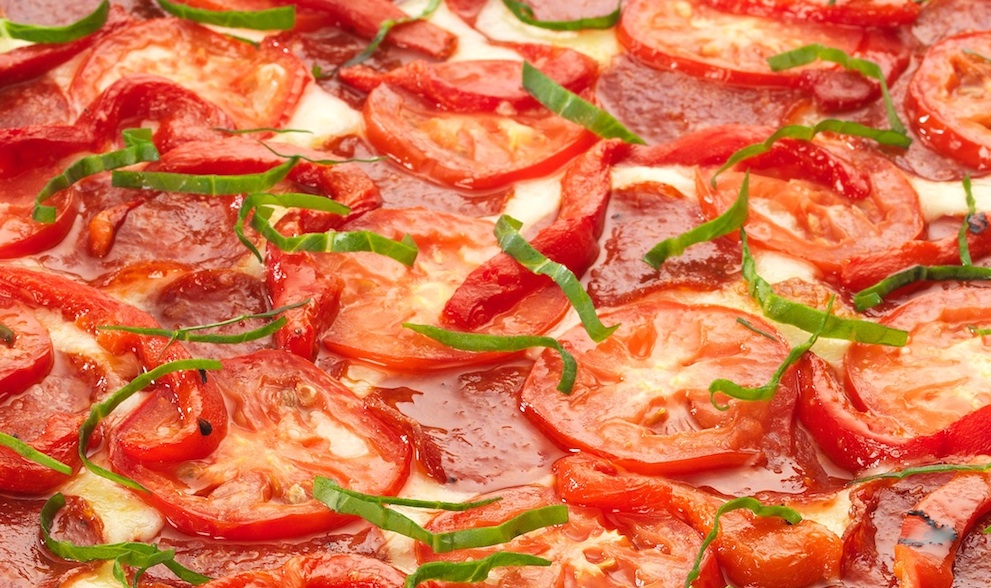I was looking at
www.specialtyproduce.com and saw this ...
Jack Fruit
Inventory, lb : 0
This item was last sold on : 04/08/09
ShareThis
Seasons/Availability
Jackfruit can be purchased in chunks, whole, or just as seed segments.
Current Facts
The tree bearing jackfruit can produce one hundred-fifty to two hundred-fifty fruits a year that are suspended on sturdy stalks that grow along its main trunk and larger branches.
Description/Taste
The largest of all tree-borne fruits, jackfruit is oval-shaped and knobbly-skinned. This exceptional fruit can weigh up to eighty or ninety pounds! Average weight for jackfruit is forty to fifty pounds. This firm fruit can be three feet long and eighteen inches wide. During the ripening process, the skin turns from light green to yellow-brown and develops an intense sweet fragrance. Jackfruit contains a number of large white kidney-shaped seeds that can be boiled or roasted and used for seasoning. As many as one hundred one-inch seeds can be found in each fruit and are more highly valued than the pulp. A fleshy segment encloses the seed and is considered the choicest part of the fruit. The flavor of its pink, golden, or cream-colored juicy flesh is very sweet, with a hint of melon, mango, papaya, and banana. A close relative to breadfruit, and like pineapple, jackfruit is a collective fruit made up of fused individual fruitlets. One variety of jackfruit has a melting, soft flesh and another has a crisp, firm pulp.
Applications
Delicious simply eaten out of hand, immature fruit is excellent boiled, fried, or roasted like a vegetable. Mix ripe jackfruit in curries and in fruit salad. Baked or cooked, jackfruit makes luscious desserts, preserves, and syrup.
Ethnic/Cultural Info
Asian cuisine uses this special fruit as a condiment and adds slices to their special curries.
Geography/History
Growing in the rain forests, the origin of this fruit is from India to the Malay Peninsula. The name "jack" comes from Portuguese explorers in the sixteenth century, as it sounded like "tsjaka," the Malay word for this fruit. This giant fruit now grows in most tropical areas, including South Florida and Southeast Asia.
